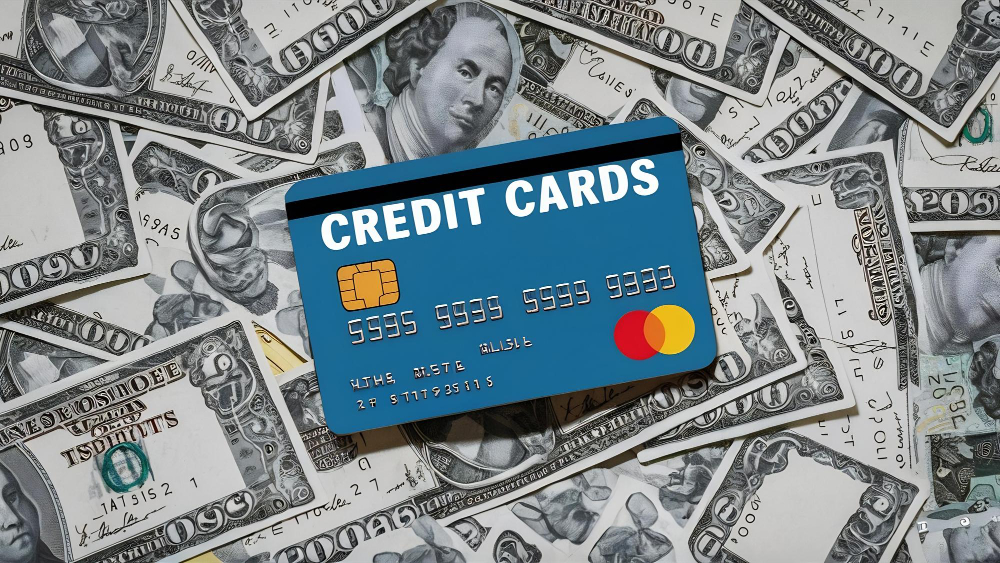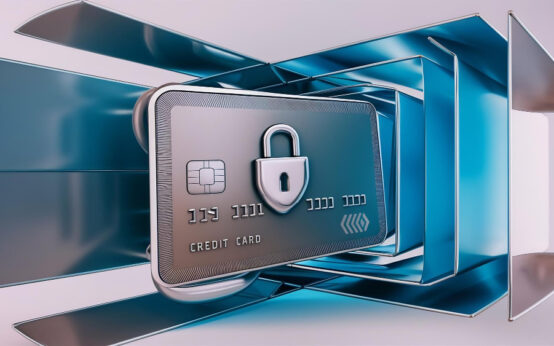
Grasping how credit card interest works is key to handling your finances effectively. These rates have the potential to accumulate rapidly if not tracked carefully, converting minor expenses into costly liabilities. By applying effective tactics, you can manage interest costs and save money.
By understanding how credit card interest operates, you can make well-informed choices regarding payments and outstanding amounts. Avoid unnecessary costs by planning ahead and staying aware of how these rates impact your overall budget.
What is credit card interest and how does it work?
Credit card interest can seem confusing at first, but understanding it may assist you take control of your finances. In simple terms, it refers to the expense incurred for borrowing money when you maintain a balance on your credit card.
If you fail to pay your entire amount due by the deadline, your card issuer applies interest to the unpaid portion. This rate, known as the Annual Percentage Rate (APR), varies depending on the card and your credit history.
Let’s say you make a $1,000 purchase and only pay $500 before the specified date. Interest kicks in on the unpaid $500, and the more time it requires to settle, the more it adds up. Unlike a one-time fee, interest accrues daily or monthly, depending on the terms.
But did you know not all transactions are treated equally? Cash advances or balance transfers often have higher rates than regular purchases. Plus, missing a payment can lead to penalty rates that make things even more expensive.
The good news is, paying your full balance each month avoids interest altogether. If that’s not possible, contributing as much as possible helps lower the total amount you’ll owe over time. Managing credit card interest starts with knowing how it works.
Different types of interest rates
Did you know your card could have more than one type of rate depending on how you use it? For everyday purchases, there’s the purchase APR, which is typically the rate you’ll see advertised. But swipe your card for an advance in cash, and you’re likely facing a higher rate called the cash advance APR.
Cash advances usually come with no grace period, meaning interest starts piling up the day you withdraw the money. It’s a costly option, so it’s worth thinking twice before using it. Then there’s the penalty APR, which kicks in if you overlook a payment or violate the card’s terms. This rate is often the highest and can last for months.
Balance transfer APRs are another factor to consider. If you’re moving debt from one card to another, some issuers offer a lower introductory rate, even 0%. However, this rate is temporary and jumps once the promo period ends.
Understanding these distinctions can have a significant effect on your finances. Picture relying on cash advances without being aware of the fees, and suddenly, you’re paying far more than you anticipated. Knowing which rates apply allows you to make more informed decisions and steer clear of unexpected charges on your bill.
How to calculate interest?
First, it’s important to understand your credit card’s APR, which is the annual rate applied when you carry a balance on your card. However, interest is usually calculated daily, so your APR is divided by 365 to determine your daily rate.
Let’s say your APR is 18%. That means your daily interest rate is around 0.049%. Now, if you have an outstanding balance of $1,000, the daily interest would be $0.49. So, every day you carry that balance, interest adds up. Over time, that daily interest can make a huge difference in how much you owe.
Naturally, most credit cards don’t apply interest if you pay off your full balance on time. However, if you only make the minimum payment, the interest will keep accumulating. That’s why paying more than the minimum can help lower the interest charges.
By understanding how interest is calculated, it is possible to create smarter decisions about how much to pay and when. Small changes in your payment habits can save you big in the long run.
Common triggers for higher interest rates
There are several factors that can trigger higher credit card interest rates, and many of them are within your control. One of the biggest reasons is missing a payment. If you miss the minimum payment by the due date, your card issuer may raise your interest rate as a penalty.
Another common reason for higher rates is exceeding your credit limit. When you go over the limit, the issuer may charge an over-limit fee, and in some cases, they might increase your interest rate. It’s a good idea to keep track of your spending to avoid this, especially when you’re near your limit.
Additionally, if your credit score drops, this can lead to an increase in your APR. Lenders see a lower score as a sign of higher risk, and they may adjust your rate accordingly. Keeping your credit score in good shape by paying bills on time and reducing debt helps you avoid this.
Even though these situations can lead to higher rates, they’re not set in stone. By staying on top of payments and managing your credit responsibly, you can prevent these interest rate hikes from affecting you.
Strategies for lowering interest rates
One of the most straightforward ways is to ask your card issuer for a lower rate. Believe it or not, a simple phone call can sometimes result in a better deal, especially if you’ve been a loyal customer and have a good payment history.
Another option is to transfer your balance to a card with a lower interest rate. Many cards offer 0% APR for balance transfers, at least for an introductory period. This can give you some breathing room while you pay down your debt without accumulating more interest.
Should you find yourself with a high-interest rate, consider paying off your balance more quickly. Even small additional payments can lower the total interest you pay in the long run. For instance, paying slightly more than the minimum can lead to significant savings.
Finally, improving your credit score is another way to lower your interest rate. A higher score shows lenders you’re less of a risk, which could help you qualify for cards with better rates. Small changes in your financial habits could lead to long-term savings.
How minimum payments affect interest
Paying only the minimum isn’t sufficient to clear your balance, and it can end up costing you much more over time. When you make just the minimum payment, you’re mostly covering the interest, causing your remaining balance to keep increasing. That means you’re paying interest on top of interest, which adds up quickly.
For instance, imagine you have a $1,000 balance with an 18% interest rate. If you only make the minimum payment, it could take years to pay off that balance, and you would end up paying far more than $1,000 in total. The longer you carry a balance, the higher the interest charges will be.
Making only the minimum payment also impacts your credit utilization ratio, a crucial element of your credit score. A high credit utilization can damage your score, making it more difficult to qualify for low-interest cards in the future.
Rather than just paying the minimum, aim to pay as much as possible above it. Even small additional payments can significantly speed up your debt repayment and reduce the total interest you pay. It’s a simple adjustment that can save you a considerable amount in the long run.
In summary, managing credit card interest is key to saving money and avoiding debt. By understanding how it works, you can make smarter financial choices. Speaking of which, here’s how to retire early: a step-by-step guide to financial freedom. See you later!



 Best credit cards secured: your path to a stronger credit history <p style='text-transform:none; line-height:20px !important; font-size:16px; font-weight:normal; color:#424242; margin: 0px; margin-top:10px;'>They offer a smart way to show lenders you’re serious about managing your finances.</p>
Best credit cards secured: your path to a stronger credit history <p style='text-transform:none; line-height:20px !important; font-size:16px; font-weight:normal; color:#424242; margin: 0px; margin-top:10px;'>They offer a smart way to show lenders you’re serious about managing your finances.</p>  The best credit cards for lounge access: your key to premium airport comfort <p style='text-transform:none; line-height:20px !important; font-size:16px; font-weight:normal; color:#424242; margin: 0px; margin-top:10px;'>With these cards, you have exclusive access to lounges, offering comfort while you wait for your flight.</p>
The best credit cards for lounge access: your key to premium airport comfort <p style='text-transform:none; line-height:20px !important; font-size:16px; font-weight:normal; color:#424242; margin: 0px; margin-top:10px;'>With these cards, you have exclusive access to lounges, offering comfort while you wait for your flight.</p>  Safe, simple, and fun: discover the best debit cards for kids <p style='text-transform:none; line-height:20px !important; font-size:16px; font-weight:normal; color:#424242; margin: 0px; margin-top:10px;'>These cards offer the flexibility and convenience that both parents and kids need.</p>
Safe, simple, and fun: discover the best debit cards for kids <p style='text-transform:none; line-height:20px !important; font-size:16px; font-weight:normal; color:#424242; margin: 0px; margin-top:10px;'>These cards offer the flexibility and convenience that both parents and kids need.</p>